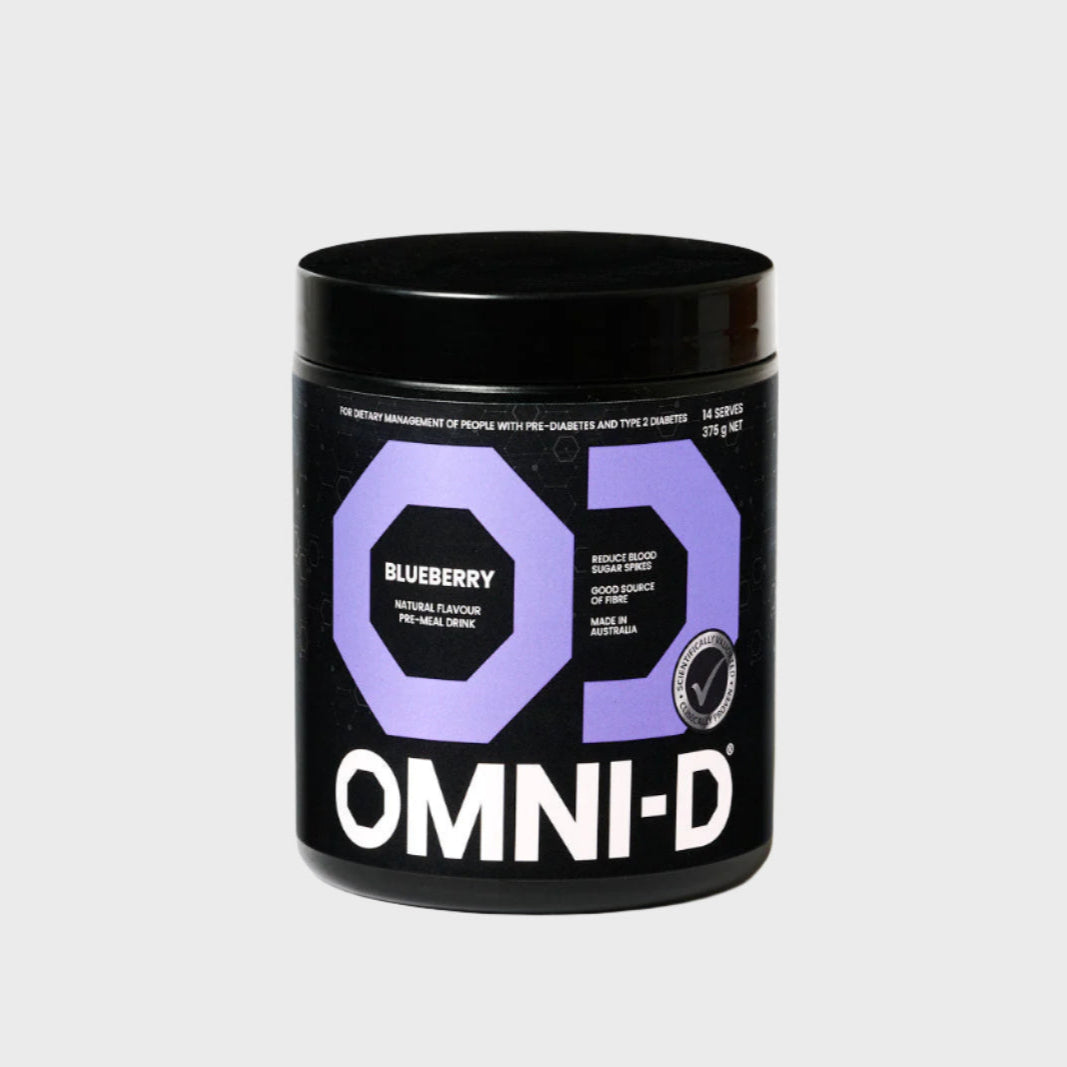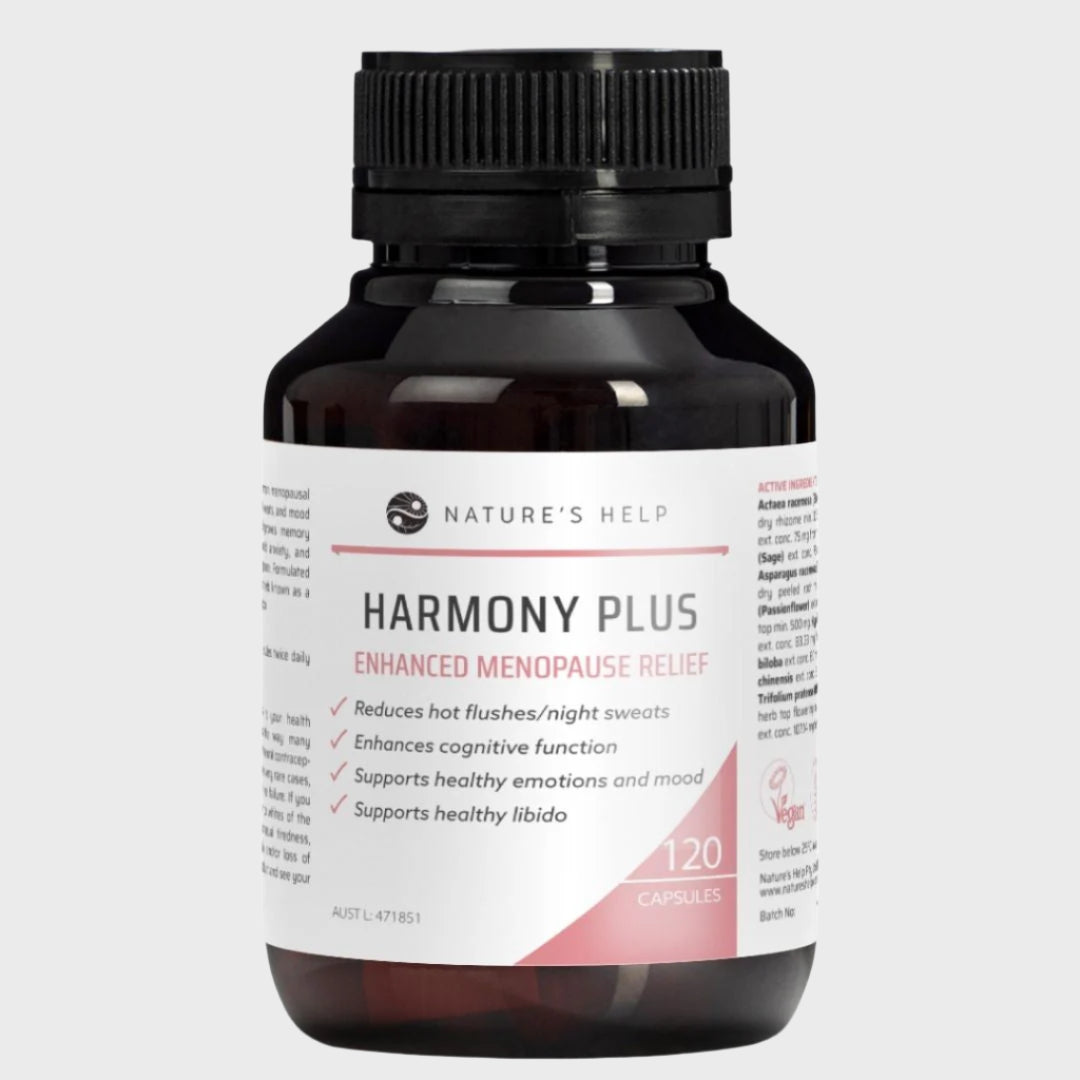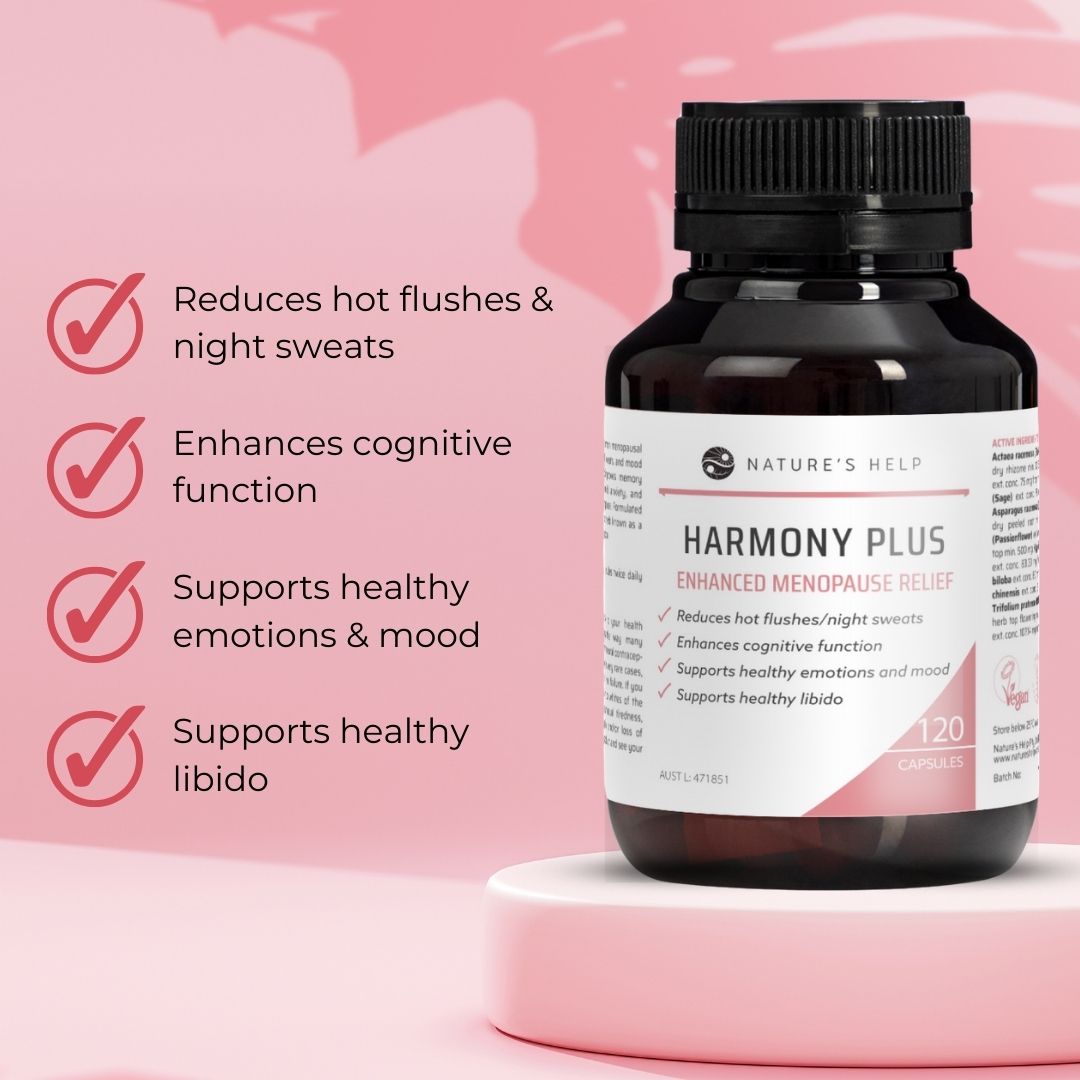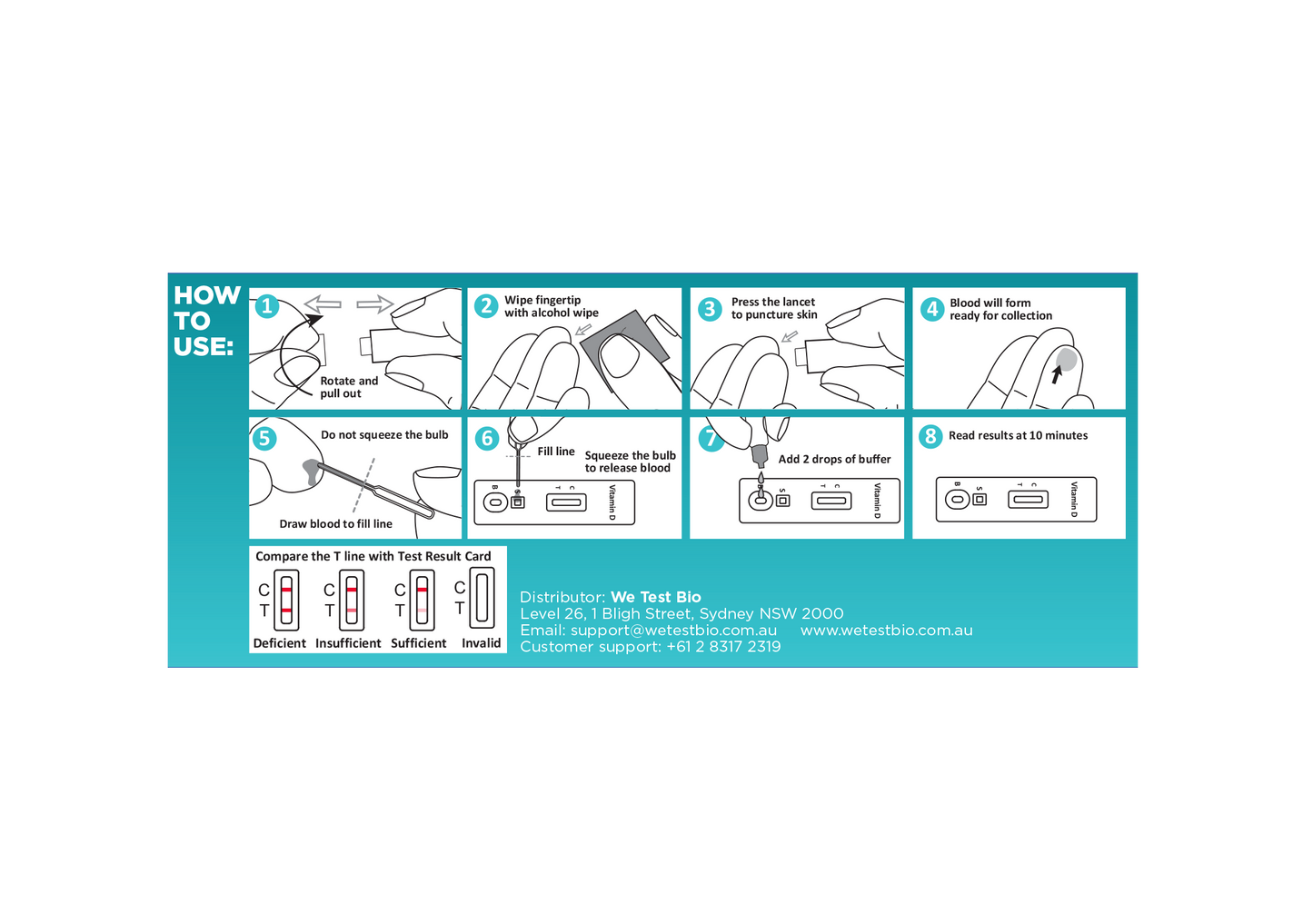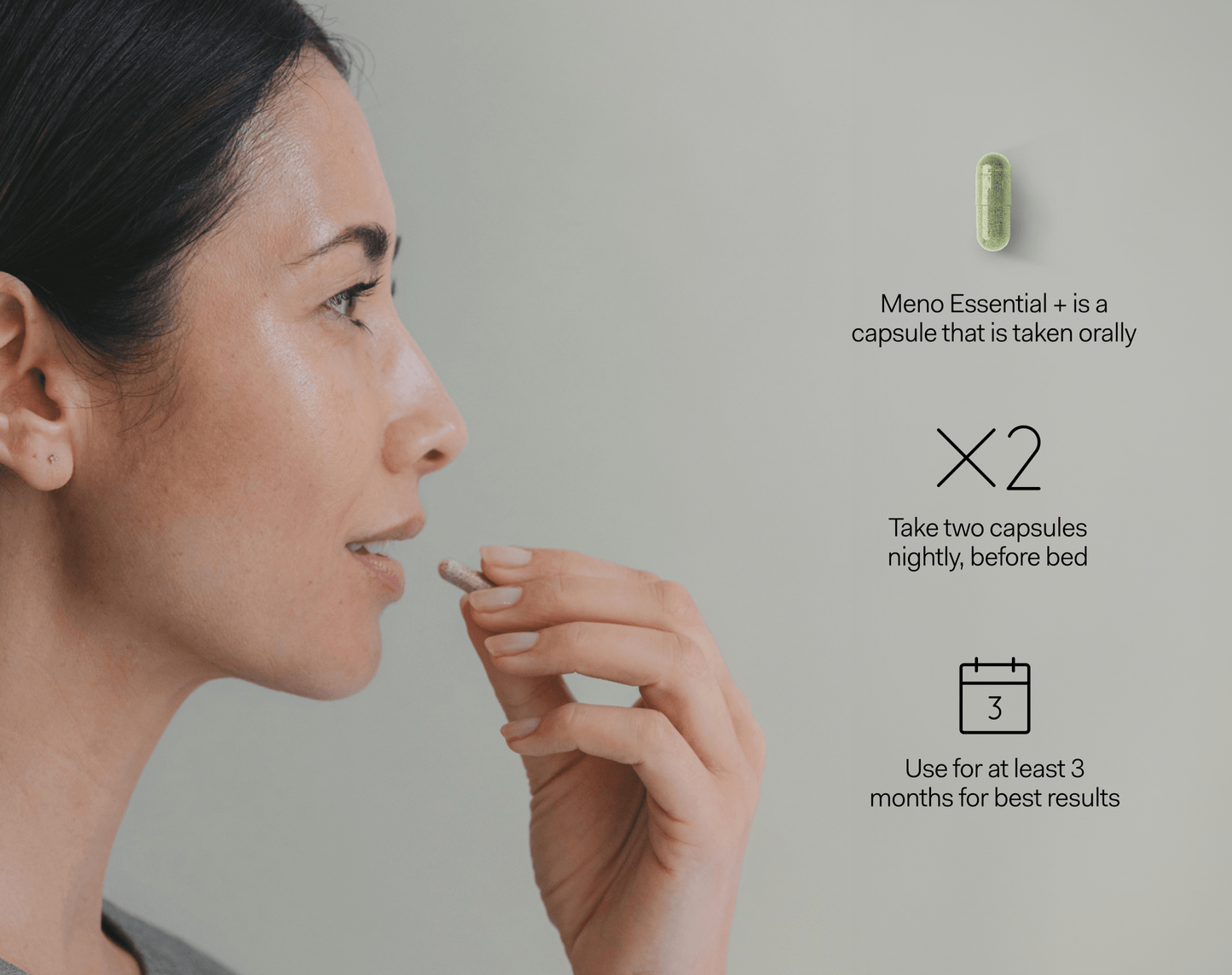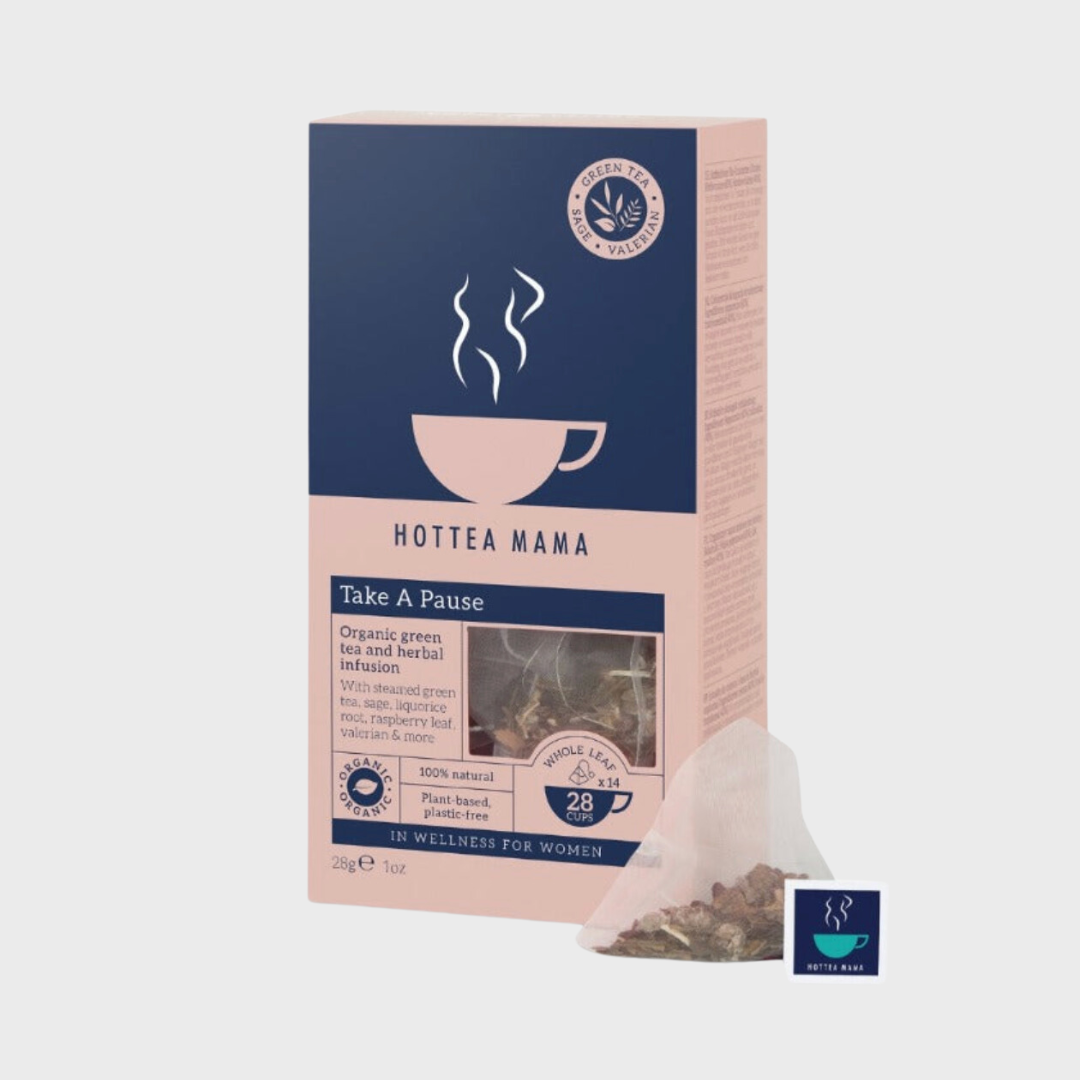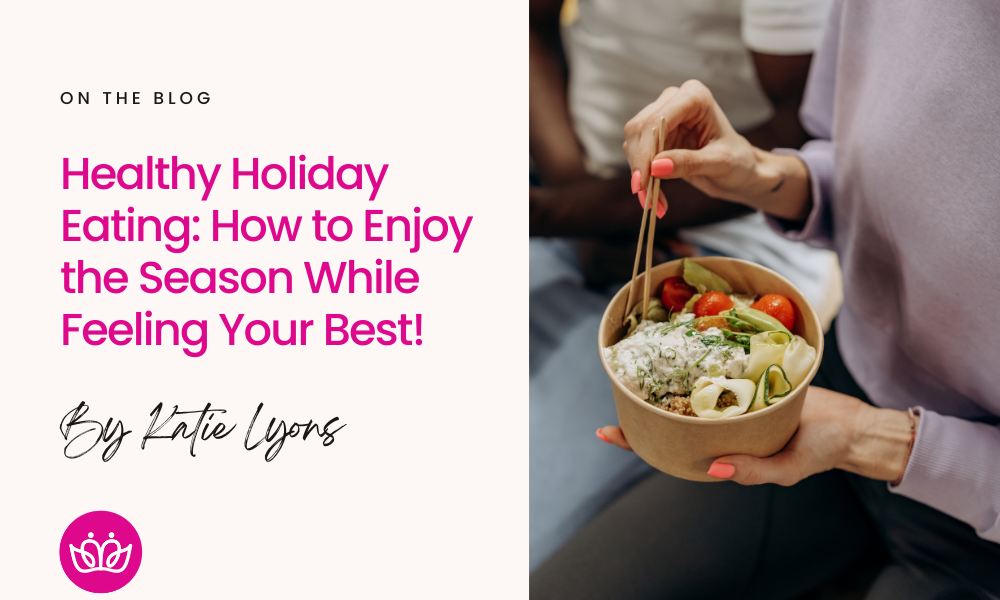
Author: Katie Lyons - Aviiana's Nutrition Coach
The holiday season is a time for celebrating with loved ones and enjoying delicious food. But for many women, it also brings a heavy load of responsibilities. From meal planning to gift shopping to coordinating family events, the mental load can feel overwhelming. By the end of the year, many of us find ourselves running on empty, physically and emotionally exhausted.
But here’s the thing: the next few months don’t have to derail your health goals. With a little planning and some mindful choices, you can stay in control. Simple things like practicing portion control, making small tweaks to your meals, and being more aware of how food affects your energy, and mood can make all the difference. Instead of putting off your health goals until the new year, you can step into it feeling confident, balanced, and in charge of your well-being throughout the holidays.
Mindful Eating: Navigating Environmental and Emotional Influences
Before we dive into what we're eating, it's important to first acknowledge the how and why behind our eating habits. The holidays are filled with distractions—from festive parties to family dynamics—that can sometimes lead to mindless or emotional eating.
It’s helpful to be aware of who and what influences your food choices. Whether it’s the excitement of family gatherings or friends encouraging ‘one more drink,’ recognizing these moments allows you to make choices that truly align with how you want to feel—energized, balanced, and present in the moment. The same goes for the environments you spend time in. Are there places you tend to overeat, like in front of the TV or at a buffet-style gathering? Being mindful of these settings can also help you make better choices.
Pay attention to your body's hunger cues, and practice slowing down before and during eating. Taking a moment to check in with yourself before indulging can help you make thoughtful decisions, leaving you feeling nourished and energized—rather than overstuffed or guilty.
Planning for Success
With mindful eating in mind, planning ahead is key to reducing stress and ensuring that your holiday meals align with your health goals. When you give yourself time to think through your menu, you’re more likely to include a variety of nutrient-dense options that make you feel good long after the meal. You don’t need to make drastic changes—small, thoughtful swaps can have a big impact on how you feel, helping you stay energized, focused, and ready to enjoy the season. Whether you're revisiting family favourites or trying new recipes, taking a little extra time to practice one or two dishes beforehand can help ensure they’ll be a hit on the big day!

Protein Choices That Shine
While turkey, roast chicken, and ham are staples at holiday meals, consider incorporating other lean protein options that are just as festive. Here are a few delicious alternatives to elevate your meals:
- Lean Beef: A warm, lean beef salad with roasted veggies or a citrus marinade offers a unique, nutrient-rich option.
- Grilled Salmon: Serve a citrus and herb-infused salmon fillet—perfect for a lighter main course.
- Stuffed Chicken Breast: Try stuffing chicken with spinach, herbs, and light cheese for a protein-packed, lower-fat alternative.
- Plant-Based Proteins: If you're serving a hearty spread, add plant-based proteins like beans or lentils to balance out the meal and add fibre. You don’t have to go all-in on plant-based, but a little goes a long way in helping you feel satisfied and energized

Vegetable Sides Full of Flavour
Vegetable-focused sides are an easy way to boost nutrients without added fats or sugars. Non-starchy vegetables, especially leafy greens, are packed with flavour and nutrients, helping you feel fuller and more satisfied. Here are some ideas:
- Big, Colourful Salads: Create a large, vibrant salad with mixed greens, roasted vegetables, pomegranate, and a light vinaigrette. The fibre from the veggies will help fill you up without extra calories.
- Roasted Vegetables: Instead of heavy casseroles, roast vegetables like cauliflower, carrots, beets, onions, or brussels sprouts. Use a sprinkle of herbs and olive oil for a nutrient-packed, lower-calorie option.
- Steamed Greens: Kale, spinach, asparagus, or green beans with a squeeze of lemon and a dash of olive oil or a sprinkle of slivered almonds are light yet flavourful sides that deliver the best nutritional bang for your buck

Carb Swaps for Balanced Energy
Be mindful of how many carbs you're planning to serve. Do you have bread, pasta, and mashed potatoes in one meal? Pick 1-2 favourites, and let protein or vegetables take the lead. Choosing smart carbohydrates provides lasting energy without the blood sugar spikes.
- Whole Grains (Brown Rice, Quinoa, Farro, Oats): Rich in fibre, whole grains help you feel fuller for longer and stabilize blood sugar. Swap out refined grains like white rice for these nutrient-packed options in your meals.
- Breads: opt for whole grain, sourdough, or artisan breads with added seeds and nuts for extra fibre. These options are nutrient-dense and support digestion.
- Starchy Vegetables (Sweet Potatoes, Potatoes, Pumpkin): Starchy vegetables are calorie-dense but can still be included in meals with portion control. For lighter options, try mashing potatoes with cauliflower for a creamy, lower-calorie alternative.
- Pasta Alternatives: To cut down on calories and add fibre, consider zucchini noodles, spaghetti squash, or whole-grain or lentil pasta. You can even blend half pasta with vegetable noodles for a nutritious base.

Healthy Fats for Flavour
Healthy fats can be incorporated in ways that enhance flavour and nourish your body. Here are some ideas to keep things balanced:
- Olive Oil: Drizzle over roasted vegetables, salads, or use for cooking. Packed with heart-healthy omega-3s and omega-6s, it adds flavour and a boost of healthy fats.
- Vinaigrettes: Swap creamy dressings for lighter vinaigrettes made with olive oil, lemon, vinegar and mustard. These provide healthy fats and flavour without the heaviness of cream or added sugars.
- Avocado: A great source of healthy fat, avocado can be used in salads, as a topping, or even as a butter alternative on toast, adding creaminess and keeping you full.
- Nuts and Seeds: A small handful of nuts like almonds or walnuts or toasted seeds like pepitas or sesame to salads for a satisfying crunch to your meal. Be mindful of portion sizes, as they are calorie dense.
- Butter: While butter adds great flavour, too much can add calories quickly, especially when used in frying or as a topping for dishes. Reduce portion sizes or swap for healthier fats like olive oil or avocado to provide richness without the extra calories.
- Cheese: Cheese can be high in fat and calories, so choose lower-fat options like bocconcini, goat cheese, or feta. Serve in small portions and avoid offering too many types throughout the meal.

Portion Control: Balance Without Deprivation
Portion control isn’t about restriction—it’s about choosing balanced meals that leave you feeling satisfied, nourished, and ready to enjoy the celebrations. Here are a few tricks to help you avoid overindulging while still feeling satisfied:
- Portion Your Plate: Aim for half your plate with veggies, a quarter with protein, less than a quarter with smart carbs, and an even smaller serving of healthy fats. This keeps your meal balanced and satisfying.
- Smaller Plates, Bigger Portion Perception: Use smaller dinner plates to make your portions look bigger without overdoing it. A smaller plate naturally helps reduce portion sizes without you feeling like you’re skimping on food.
- Slow Down and Enjoy: Make a conscious effort to eat slowly. Match the pace of the slowest eater at the table, put your knife and fork down between bites, and focus on the conversation. Breathe. Notice when you are eating with a sense of urgency. This gives your body time to feel satisfied and can help prevent overeating.
- Out of Sight, Out of Mind: Leaving biscuits, cakes, mince pies, or pastries out on the kitchen counter, just waiting for you to pass by, is utter torture! No one can resist that kind of temptation. Do yourself a favour—store them in a cupboard until it’s time to serve them - and then pack them away when the meal is done.
- Avoid Standing Near the Snack Table: When you’re at an event, try not to stand or sit near the snack table. It’s easy to mindlessly munch when the food is within reach. Keep a little distance to avoid unnecessary grazing.

Starters: Light and Festive
Starters can be tricky with rich cheeses and processed meats, but you can keep things light without sacrificing flavour:
- Veggie-Centric Starters: Load up on veggie-based canapés—think cucumber rounds with herbed cottage cheese or mini bell peppers stuffed with hummus and herbs. You can also serve mini tomato, basil and bocconcini sticks for festive burst of colour.
- Lean Protein Options: If you want to include cheese or processed meats in your starter, balance it out with leaner protein choices like turkey or chicken breast in the main course.
- Smart Carb Swaps: If you're offering lots of bread or crackers, serve lots of veggie stick options too.

Healthier Sweet Treats
Why should dessert be off-limits when you can indulge in sweet treats that also leave you feeling good? Opt for satisfying, nourishing options that satisfy your cravings while supporting your well-being:
- Decadent Chocolate Treats: Try chocolate chia puddings, dark chocolate-dipped fruits like strawberries or bananas, or creamy avocado chocolate mousse—all rich in healthy fats and fibre.
- Frozen Desserts: Greek yogurt popsicles, homemade fruit ice blocks, or banana "nice cream" are all refreshing and dairy-free options.
- Fruit-Based Sweets: Poached pears or apples, stewed apples with cinnamon, or mixed berry compote make for naturally sweet desserts. Poached pears with ginger add a digestion-friendly twist.
- Homemade Nut Crunch: Swap sugary pies for a homemade nut crunch with roasted nuts, seeds, honey, or maple syrup. Top poached fruits with it for a lighter dessert.
- Fresh & Nutritious Dessert Plate: Assemble a colourful plate of fresh fruits, nuts, dark chocolate, and coconut flakes for a simple, customizable treat with healthy fats, fibre, and natural sweetness.

Drink Smart, Feel Good
The holidays are filled with toasts and celebrations, but how can you enjoy festive drinks without feeling drained later? By choosing mindful drink options, you can keep your energy steady and avoid the post-celebration slump:
- Moderation is Key: Stick to one or two drinks if possible and avoid drinking mindlessly throughout the night. Choosing a sparkling water or mocktail between alcoholic drinks can help hydrate and keep your energy steady.
- Better Drink Choices: Choose wines or spirits with a low sugar content like dry wines or clear liquors (vodka, gin, tequila). Keep mixers simple with soda water, fresh fruit, or herbs.
- Mocktail Time: Mocktails can be festive and fun. Try a cucumber and mint cooler or a sparkling cranberry ginger spritzer—delicious and hydrating without the hangover
Enjoy the Season Without the Guilt
The holidays are a time when women truly do it all—caring for loved ones, juggling endless to-do lists, and trying to find balance. It’s easy to get caught up in what we don’t want or to focus on things we wish were different about ourselves. But imagine approaching food as a way to feel genuinely good—physically, mentally, and emotionally. Instead of viewing choices as restrictions, see them as tools to support your energy, lift your mood, improve your sleep, and even help you fully enjoy the special moments around you. With each decision, think about how it might affect you today, tomorrow, and in the weeks to come. By choosing what makes you feel balanced and strong, you can move through the season feeling your best and making memories that truly last.



